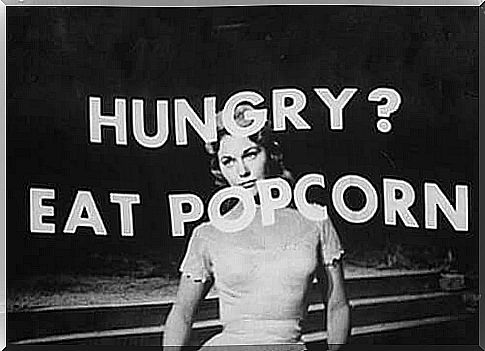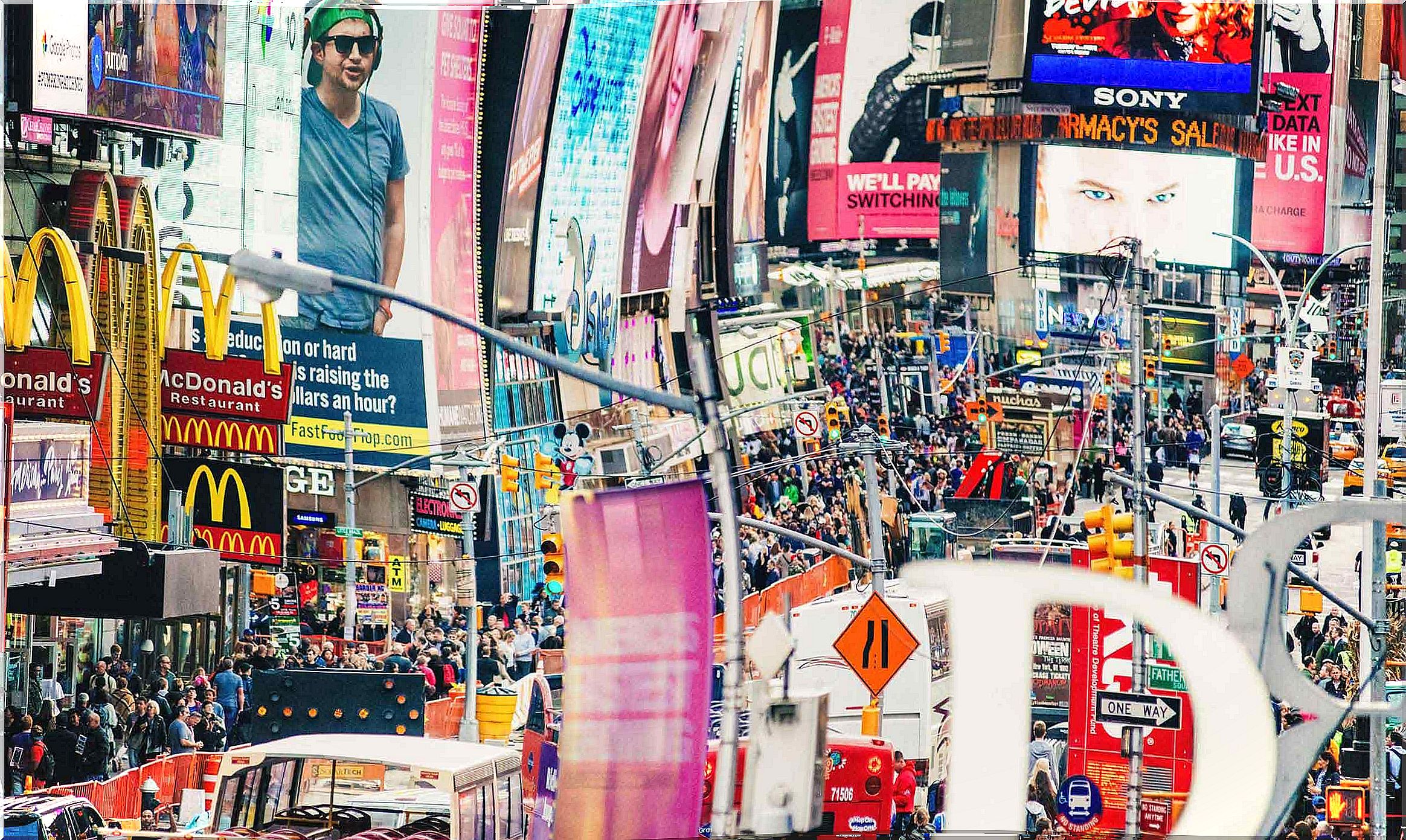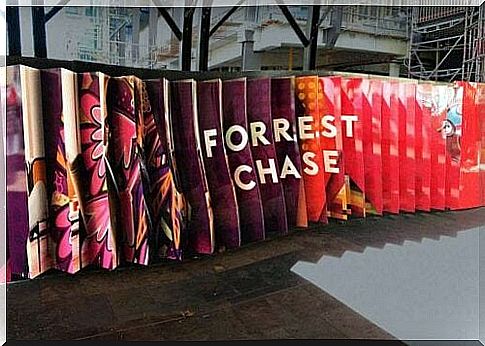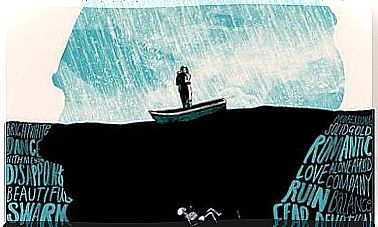James Vicary And Subliminal Advertising

During the 50’s, there was a lot of talk about mind control and brainwashing. At the end of the decade, James Vicary conducted his famous experiment on the supposed effect of subliminal advertising. Over time, his conclusions have been criticized, but they still act as a source of inspiration.
James Vicary’s experiment is probably the most famous in the world of advertising. His test became so infamous that people began to believe that subliminal advertising was a successful method. Many nations around the world have banned this practice, as well as similar techniques, which Vicary used in his famous experiment.
James Vicary was a famous market researcher, born in Detroit in 1915. He was a pioneer in studies of consumer behavior and how consumers react to different types of advertising. James Vicary’s experiment was the first and only experiment concerning subliminal perception.
James Vicary’s experiment
As we mentioned above, there was a great interest in mental phenomena in the 50’s. Especially hypnosis and the unconscious mind were very popular. James Vicary had an idea for an experiment in which he wanted to prove what effect subliminal perception can have on humans; how, for example, it can get people to buy snacks during a cinema visit.
Vicary conducted his experiment during the screening of the film Excursion in the Green in Fort Lee, New Jersey. He showed a number of hidden phrases during the film, which read “Drink Coca-Cola” and “Eat popcorn”. For this he used an instrument called a tachistoscope that could display many images in a short time.
The images were displayed at high speed, and the audience did not consciously notice them. In other words, the lyrics were shown to the audience but so fast that no one could see them consciously. This was the goal: to prove the effects of messages directed to the unconscious mind.

The results of subliminal advertising
When Vicary finished his experiment, he published a report on it. In the report, he claimed that purchases of Coca-Cola, after the audience had been exposed to the subconscious messages, increased by 18%, while popcorn purchases increased by 57%.
Shortly afterwards, the London Sunday Times published an article on both the experiment and Vicary’s report on it.
Almost immediately, a kind of mass hysteria arose. Later, author Vance Packard wrote the book The Hidden Persuaders . It helped to consolidate the panic of the population and worried many different governments.
Since then, the concept of subliminal advertising has become an established term. The US government threatened to remove licenses from the media that used these technologies. Subsequently, this type of propaganda was banned in several countries. The CIA began to study this new method on its own.

The truth about the experiment?
Over time, however, people began to suspect Vicary’s experiments, mainly because the researcher refused to tell about the methodology he used. Henry Link, a specialist in experimental psychology, also challenged him to dare to repeat the experiment. However, Vicary refused to do so.
The Advertising Research Foundation (ARF) asked Vicary to provide them with detailed information about his experiments, but he declined to comment. Later, the radio and television group CBS tried to do a similar experiment. They sent out subliminal messages urging the public to call their station at a given time, but they did not receive any calls.
Finally, in 1962, in an article published in the magazine Ad Age , James Vicary admitted that he had never carried out the said experiment. He said he had invented everything because it had been tough times for his company and that he needed attention to keep it afloat.
What the experiment finally proved was that society is gullible and that we believe in everything that comes from a “scientific” source, with the help of media for mass communication. Many governments around the world still ban subliminal or dishonest advertising.









